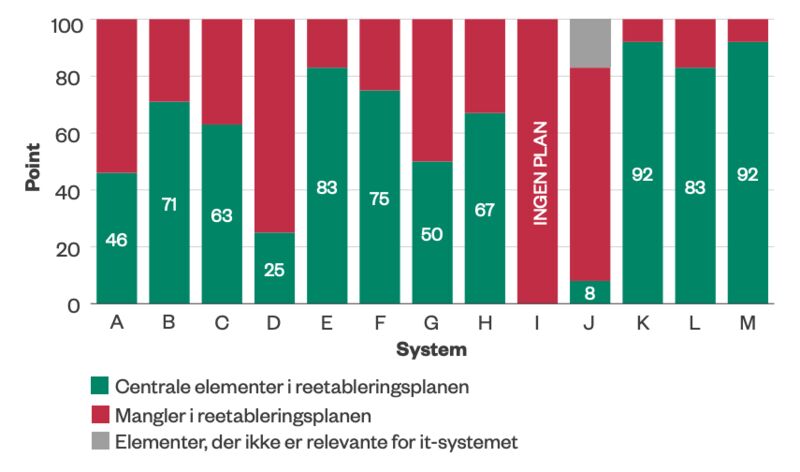It turns out nobody wanted a blockchain solution. There are still crypto enthusiasts hodling their Bitcoin, but enterprise blockchain was a solution in search of a problem.
I did believe Danish shipping giant Maersk Lines and IBM had found a place where it made sense to build something blockchain-based when they announced their TradeLens platform. The idea was that all the many, many people involved in shipping a container of plastic bric-a-brac from Shenzen to Long Beach would all put their information on a blockchain. That would provide an immutable history of everything about that container.
After IBM closed down its entire blockchain business earlier this year, it was a matter of time before Maersk pulled the plug. Today, they admitted that “TradeLens did not reach commercial viability,” and the project is officially dead.
I believe a land register in a corrupt country somewhere was also planning to use blockchain, but it’s been a while since I last heard about it. In all likelihood, the existing corrupt businessmen and politicians have killed it.
If you know of any successful enterprise blockchain project, I would love to hear about it.










